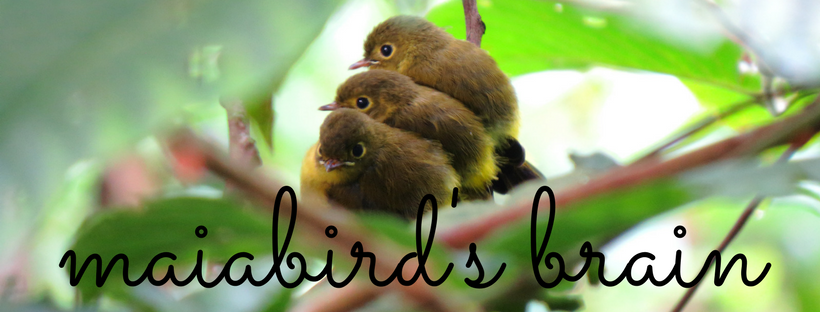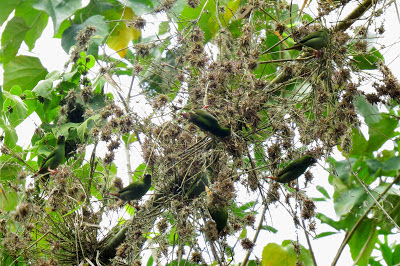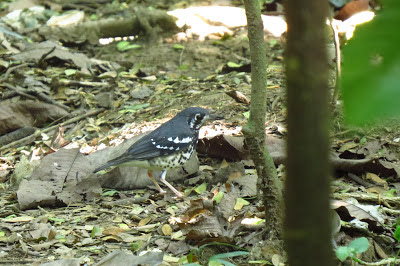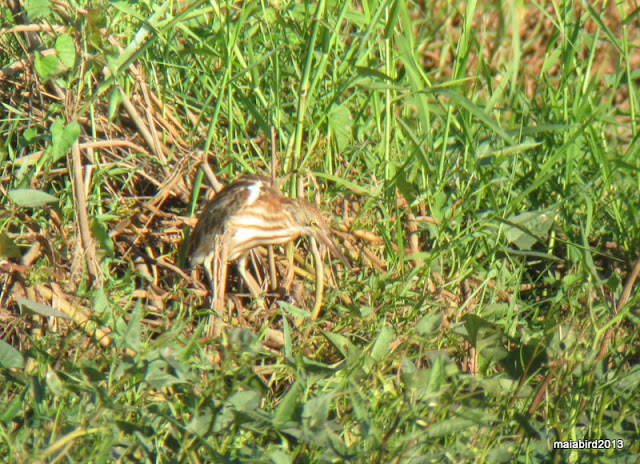January is Asian Waterbird Census season for the Wild Bird Club of the Philippines. Volunteers from the club team up with personnel from the DENR (Department of Environment and Natural Resources) and local government units and count the waterbirds in various sites around the country. The count is also conducted in a number of other countries, all happening every January.
The past two years, Jops and I volunteered for the count in Candaba. We also volunteered for this year's count but due to bad weather, the Candaba census was moved to a date where we weren't available. But we still pushed through with birding that day =)
This year, our schedules allowed us to participate in the AWC in Balanga, Bataan. We were looking forward to volunteering for this count for the past year, Balanga having great birding sites. We drove to Bataan early Saturday morning for a birding-filled day and then headed to the City of Balanga to meet with the AWC team and spend the night at the Bataan Peninsula State University.
 |
| Sir Rudy (far left) conducts the pre-count meeting attended by WBCP volunteers and personnel from the LGU, DENR, and media. |
The WBCP team was divided into the 4 sites and Jops, Kuya Alan, and I were assigned to count in Bgy. Sibacan. After a 4AM breakfast, the teams rode their assigned vans and headed to our respective sites. We arrived Bgy. Sibacan before dawn. Our guides led us to the drained fishpond where we would begin our count. In the darkness, we could see a huge fishpond devoid of water, leaving wonderful mud perfect for waders! I couldn't wait for sunrise!
When the first rays of the sun began creeping up the sky, we could see big batches of egrets swooping in to land and start their breakfast in front of us.
 |
| Our count began as the sun rose |
 |
| A huge flock of egrets settled in as soon as the day became light |
We did our count in the area, seeing Black-winged Stilts, Long-toed Stints, and Little Ringed Plovers among the Great and Little Egrets. Our team then moved further into the fishponds where there were more egrets to be counted plus lots of Marsh Sandpipers.
 |
| Leaving the counted egrets behind and walking to another spot |
After counting the birds in the fishponds, our very enthusiastic guides from the barangay called in a motor boat to take us "out to sea." Ma'am Opel from the DENR went with me and Jops and headed to the mudflats in the mouth of the river.
 |
| Riding the motorized boat, going out to sea =) |
 |
| Jops scoping out birds from the boat |
We were greeted by more egrets, waders, and terns. There were lots of Common Redshanks as well as Asian Golden Plovers. We were also thrilled to see a number of Black-headed Gulls resting on top of bamboo poles or walking around with the waders.
.JPG) |
| A handsome Black-headed Gull in the shallows |
.JPG) |
| An Asian Golden Plover stands out among sandpipers and plovers |
After surveying the area, we rode back to the barangay hall to have our mid-morning snack. Our guides brought us to another nearby site where we added more stilts, egrets, and plovers to our list.
We regrouped with the rest of the counters at the city hall (we were the last group to finish!), tallied the separate counts, and ended up with a total of 25,935 birds, an amazing number compared to last year's count of 14,899. This significant increase was reported in the local news. Cheers went up from the whole group and we all celebrated with a delicious lunch and refreshing fresh buko juice.
Counting birds IS challenging, especially with big numbers such as this, but it is also the reason why it's so much fun! And that's why we'll be volunteering again for next year's count =)
 |
| Volunteers in counting form =) |
























